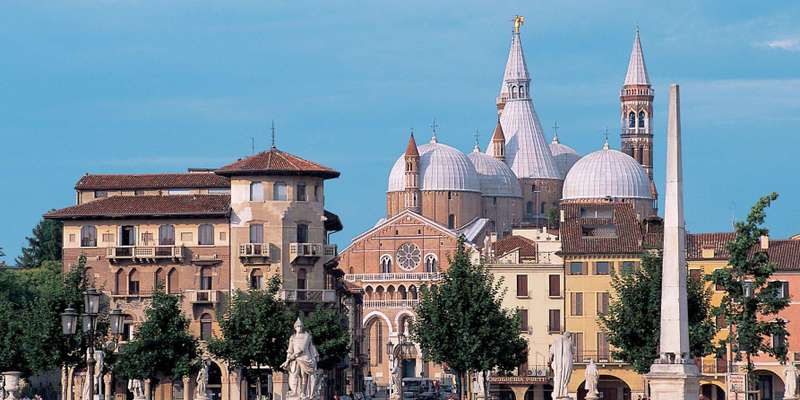- Home
- Useful Tips
- Padua's lesser-known museums...
Most travelers to Padua flock to the Scrovegni Chapel, unaware that the city harbors extraordinary lesser-known museums with world-class collections. Over 60% of visitors miss these cultural treasures due to limited awareness, following the same overcrowded itineraries. This oversight means missing Renaissance masterpieces, ancient scientific instruments, and Byzantine artifacts that rival Venice's offerings—all enjoyed in peaceful settings. The frustration of battling crowds while overlooking authentic local experiences leaves many feeling they've seen only a fraction of Padua's true character. These hidden institutions solve the dual problem of overcrowding and superficial engagement, offering intimate encounters with Italy's artistic legacy.


Escaping the crowds at Palazzo Zuckermann's decorative arts
Tucked between Piazza delle Erbe and the cathedral, Palazzo Zuckermann's unassuming facade conceals one of northern Italy's finest applied arts collections. While tourists queue at nearby sites, you'll have Renaissance ceramics and 18th-century Venetian glass virtually to yourself. The museum's strength lies in its focus on everyday beauty—exquisite fans, furniture, and jewelry that reveal Padua's mercantile history. Don't miss the third-floor musical instrument collection, where a 1602 harpsichord sits beside Baroque lutes. Visiting before noon ensures tranquil appreciation, and the €10 combined ticket with Museo Civico makes this a budget-friendly alternative to Venice's crowded Murano exhibits.
Museo di Storia della Medicina's fascinating oddities
Medical history enthusiasts will find paradise at this university museum, where Galileo's lecture podium shares space with 16th-century surgical saws. The real treasure is the anatomical theater—older than Bologna's famous model—where students once watched dissections under a ceiling painted with zodiac signs. Unlike larger institutions, curators here often share stories about the collection's mummified specimens and Renaissance herbals. Arrive at 2pm to catch the included guided tour (Wednesdays and Fridays), and pair your visit with the nearby Botanical Garden for a full day of scientific discovery. Those preferring independent exploration can download the museum's excellent audio guide for free.
San Michele Oratory's forgotten Byzantine masterpieces
Few guidebooks mention this 12th-century oratory near Prato della Valle, making its well-preserved fresco cycle Padua's best-kept secret. The nave's 'Last Judgment' predates Giotto's more famous interpretation by a century, with vivid demons swallowing sinners whole. What makes San Michele special is the lack of barriers—you can stand inches from artworks that would be roped off in Florence. Time your visit for early morning when sunlight illuminates the golden halos, and bring €2 in coins to activate the lighting system. Nearby parking at Arena Chapel makes this an easy add-on to standard itineraries.
Museo del Risorgimento's untold unification stories
Housed in the elegant Caffè Pedrocchi building, this free museum reveals Italy's turbulent path to nationhood through Padua's perspective. Personal letters from Garibaldi and bloodstained uniforms make history visceral, while interactive maps show how the city's strategic location shaped key battles. The real value lies in the staff's willingness to share anecdotes—like how students used the café's 'white room' for secret revolutionary meetings. Visit on Saturday mornings when volunteer historians are present, and don't overlook the basement's anti-fascist resistance exhibits. Combining this with Padua University's ancient anatomy theater creates a powerful narrative of intellectual and political freedom.



